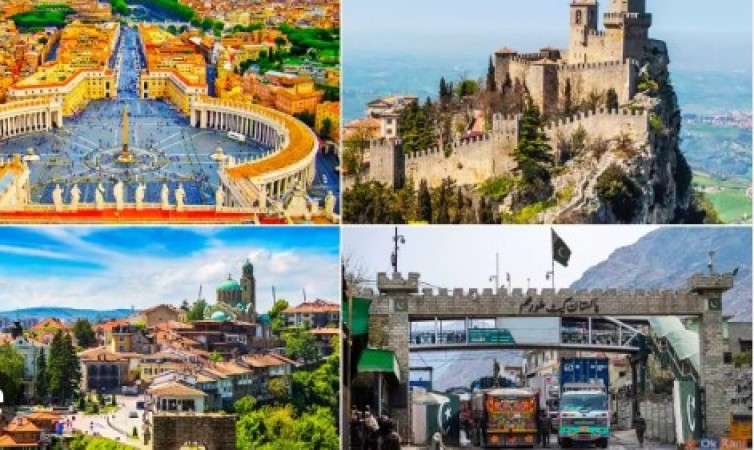
India, a country known for its vast population, diverse culture, and widespread diaspora, maintains a presence in numerous countries across the globe. However, amidst this global dispersion, there exist certain nations where the presence of Indian communities is notably absent. This curious anomaly raises questions about the underlying factors contributing to such a phenomenon. Let's delve deeper into this peculiar aspect of global demographics and explore the reasons behind the absence of Indians in these countries.
Unveiling the Absentee Nations
Japan, renowned for its technological prowess, rich cultural heritage, and unique societal norms, stands out as a country where the Indian population is conspicuously absent. Despite its status as a global economic powerhouse and a popular destination for expatriates, Japan's homogeneous society and stringent immigration policies have limited the influx of Indian migrants.
Afghanistan, situated in close proximity to India and historically connected through cultural and trade ties, surprisingly lacks a substantial Indian community. Despite their shared border and cultural exchanges over the centuries, geopolitical instability, conflict, and security concerns have deterred Indian migration to Afghanistan.
The reclusive regime of North Korea, known for its isolationist policies, strict control over information, and limited interactions with the outside world, does not host any Indian residents. The closed nature of North Korean society, coupled with diplomatic tensions and political restrictions, effectively precludes the presence of Indian migrants within its borders.
Bhutan, a small Himalayan kingdom nestled between India and China, maintains a unique cultural identity and a strong emphasis on preserving its traditional way of life. While India shares close diplomatic, economic, and cultural ties with Bhutan, the country's cautious approach to immigration and efforts to safeguard its distinct cultural heritage have resulted in the absence of a significant Indian population.
Turkmenistan, located in Central Asia and known for its rich history, cultural heritage, and natural resources, is another country where Indians are notably absent. Limited historical interactions, combined with strict immigration regulations and a centralized government, have hindered the influx of Indian migrants into Turkmenistan.
Factors Contributing to the Void
Geopolitical Dynamics: In countries like Afghanistan and North Korea, geopolitical tensions, armed conflict, and political instability have created hostile environments that discourage foreign migration, including that of Indians.
Cultural Barriers: Japan and Bhutan, with their strong cultural identities and societal norms, present challenges for foreign communities seeking integration. Language barriers, cultural differences, and social customs may deter Indian migrants from settling in these countries.
Immigration Policies: Stringent immigration regulations and visa restrictions imposed by countries like Turkmenistan limit the opportunities for Indians to obtain residency or citizenship, effectively reducing the likelihood of their presence in these nations.
Economic Opportunities: The lack of significant economic opportunities or employment prospects in countries such as Afghanistan and Bhutan may dissuade Indian migrants from seeking residence in these regions.
Historical Context: Historical factors, including limited historical interactions or colonial legacies, also shape migration patterns. Countries with minimal historical ties to India may exhibit lower levels of Indian migration compared to those with stronger historical connections.
Potential for Change
While these countries currently lack an Indian presence, the dynamic nature of global affairs leaves room for potential shifts in the future. Diplomatic efforts, economic incentives, and changes in political landscapes could pave the way for increased Indian migration to these nations.
The absence of Indians in certain countries underscores the complex interplay of geopolitical, cultural, and economic factors shaping global migration patterns. While these nations may currently stand devoid of an Indian populace, the evolving nature of international relations and demographic trends suggests that the landscape of global migration is subject to change.
Cotton candy can cause cancer! Know why two states banned cotton candy
Eating too much garlic can spoil your health, know how much should you eat in a day?